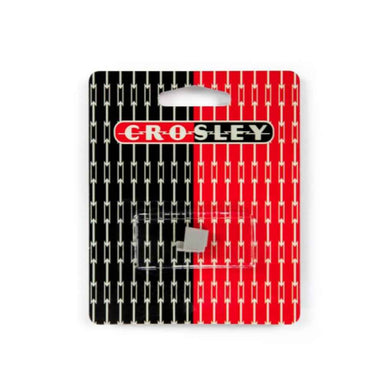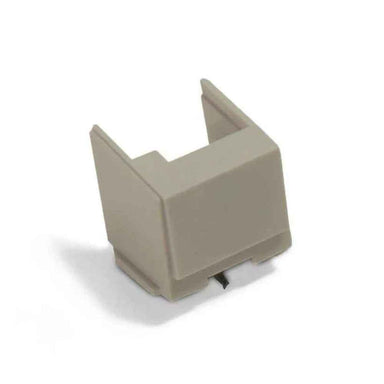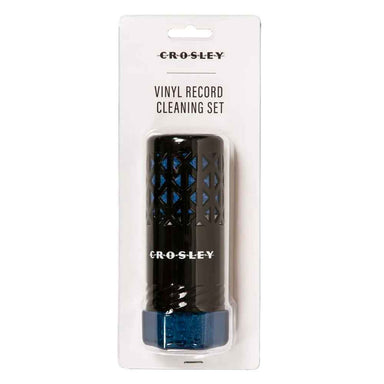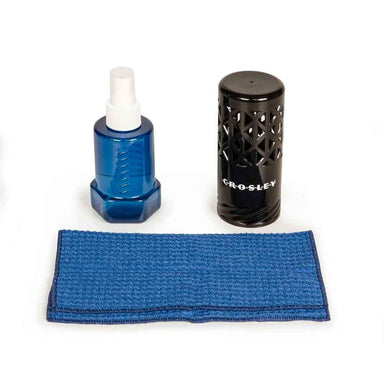
 Save $4.20
Save $4.20
How do I choose which games or equipment to include in my game room?
A: Start by considering your preferences and the types of entertainment you enjoy—arcade machines, pool tables, foosball, pinball, or console gaming. Think about who’ll use the space: family, friends, or children. A well-rounded setup might include a mix of classic arcade or sports games and modern consoles. Prioritize variety if you plan to host groups with diverse interests.
How much space do I need, and how should I plan the layout of my game room?
A: Measure the room’s dimensions carefully and note any obstacles like doors or support columns. Each type of game (e.g., pool tables, pinball machines) has recommended clearances for safe play. Arrange larger pieces first—like a pool or air hockey table—then fit smaller games or seating areas around them. Be sure to leave room for walking paths and comfortable spacing between games.
What budget should I set aside for a fully equipped game room?
A: It varies widely depending on the quality and types of games you want. Simple retro arcade cabinets or used equipment can be relatively affordable, while high-end pinball machines or brand-new racing simulators can run into the thousands. Also account for décor, seating, lighting, and any soundproofing or flooring upgrades you may need.
What are some considerations for furniture, lighting, and décor in a game room?
A: Comfortable seating (such as bar stools, lounge chairs, or sofas) is essential for breaks or spectators. Good overhead lighting helps reduce glare on screens and tables—consider adjustable or dimmable LED fixtures. Theming and décor can elevate the atmosphere: wall art, neon signs, and a color-coordinated paint scheme can tie the entire space together and make it more inviting.
Should I look for warranties or service plans when purchasing game room equipment?
A: Absolutely. Many game tables, arcade machines, and pinball units come with limited warranties or service plans to cover manufacturing defects and some mechanical repairs. Verify what’s covered, and keep receipts or documents handy. If you’re buying used or refurbished items, ask about any remaining warranty, or see if the seller offers extended coverage or professional servicing.
Read FAQs

 Save $4.20
Save $4.20

 Save $4.20
Save $4.20

 Save $4.20
Save $4.20

 Save $4.20
Save $4.20

 Save $4.20
Save $4.20

 Save $4.20
Save $4.20

 Save $5.70
Save $5.70

 Save $5.70
Save $5.70

 Save $5.70
Save $5.70

 Save $5.70
Save $5.70

 Save $38.70
Save $38.70

 Save $38.70
Save $38.70

 Save $7.50
Save $7.50

 Save $7.50
Save $7.50

 Save $7.50
Save $7.50

 Save $4.50
Save $4.50

 Sold out
Sold out

 Save $4.50
Save $4.50

 Save $8.70
Save $8.70

 Save $7.20
Save $7.20

 Save $7.20
Save $7.20
 Save $26.70
Save $26.70

 Save $26.70
Save $26.70

 Save $2.70
Save $2.70
Added to your cart:
Elegant, supportive, and incredibly well-built. The firm yet comfortable cushions are perfect for long movie nights, and the adjustable headrest and lumbar support make a noticeable difference. The premium leather finish looks stunning in our theater room.
Love the design and functionality. Reclines fully, massage is gentle but relaxing. Took a bit to assemble but worth it.
The craftsmanship is top-notch. Feels like sitting in a luxury car. Super comfortable for long movies or binge-watching.
No complicated setup, great aesthetics, and Bluetooth streaming works flawlessly.
So cute and works perfectly. Love how compact and lightweight it is.
compact, stylish, and the sound is better than I expected

